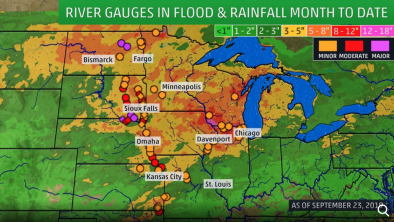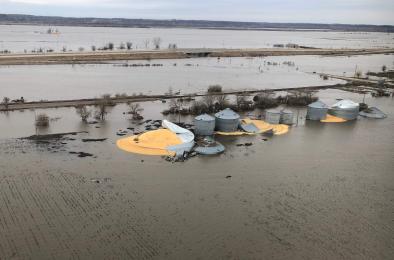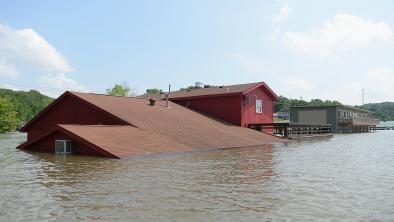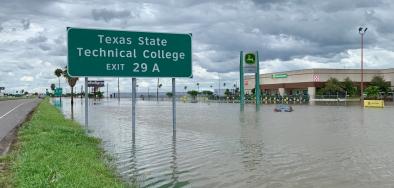Midwest can expect more frequent flooding because of climate change
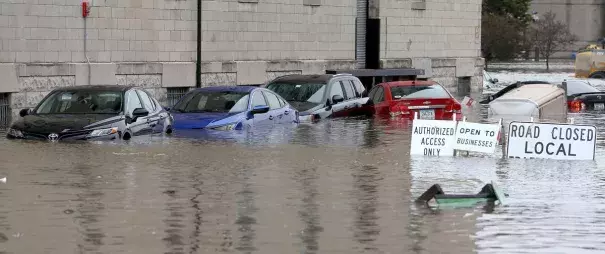
As the Mississippi River heads toward a predicted crest of 22.4 feet Wednesday evening, Cornelia Mutel, of the University of Iowa, says the area can expect similar crests more frequently, largely because of climate change.
A crest of 22.4 feet would be the third highest on record, behind 22.63 feet in 1993, 22.48 feet in 1965. Among the top 10 crests, four have occurred since 2000.
Mutel, with the IIHR-Hydroscience and Engineering Center at the university's College of Engineering, said the Midwestern climate is becoming hotter and wetter.
Between 1901 and 2016, Iowa's annual average temperature rose about 1 degree F, with the greatest increase occurring since 1980. Although that may not sound like much, "the implications are profound," she said in an email.
Higher temperatures increase evaporation, and warmer skies can hold more moisture than cooler skies. With more atmospheric humidity comes more rain, she explained.
In addition, heat is a form of energy. "Thus our hotter, moister skies are producing more intense extreme weather events," Mutel said. "In the Upper Midwest, very heavy precipitation increased 37 percent between 1958 and 2012.
"With more precipitation, especially in the springtime, more spring and early summer flooding would be expected," she said.
"More humidity and heat, bearing down on us with increasing intensity — these are the signatures of Midwestern climate change," she wrote.
Related Content
